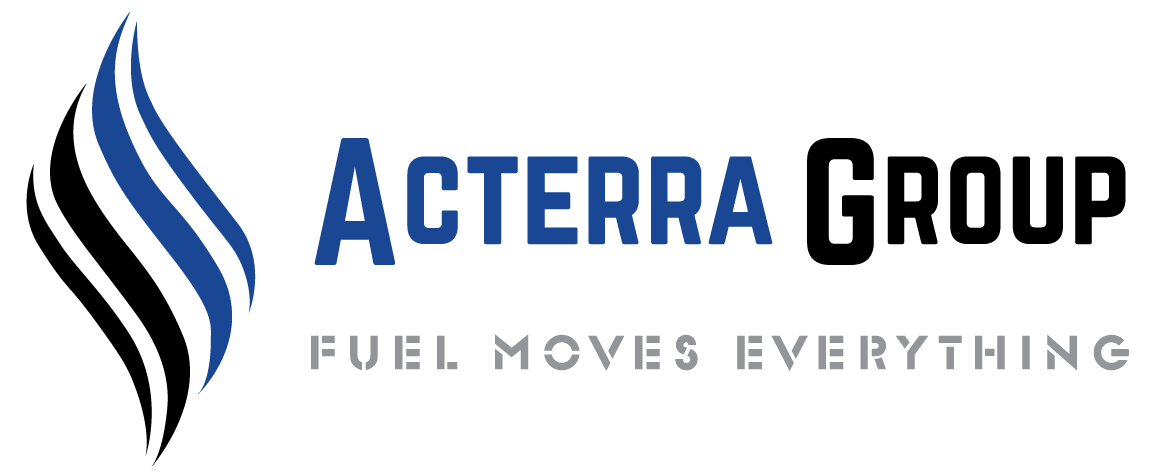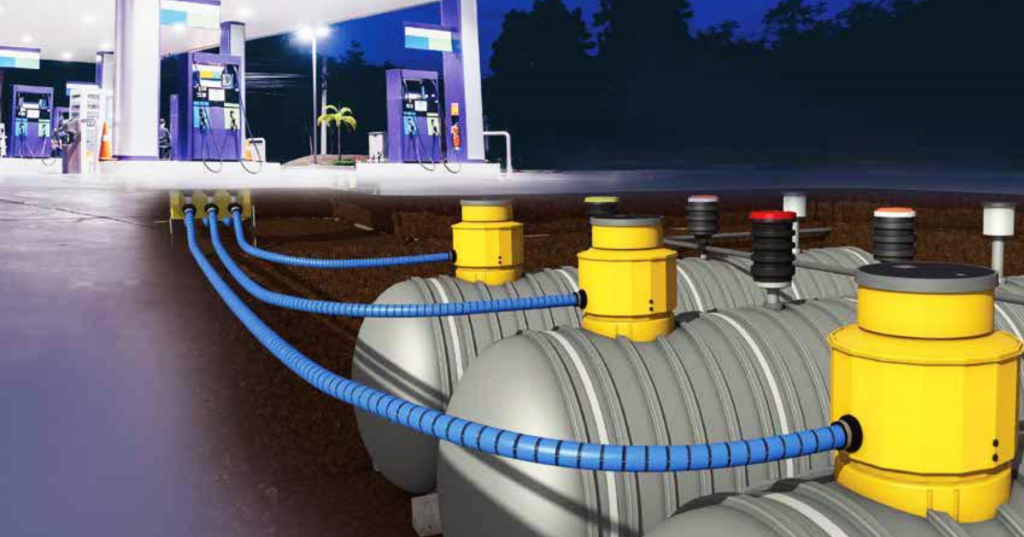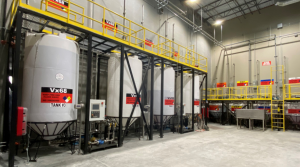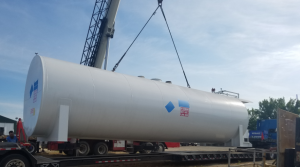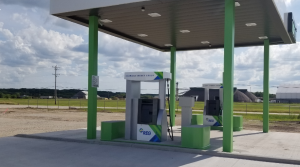Spills happen. Spills that occur during fuel delivery are a frustrating, yet common occurrence for underground storage tank (UST) operators.
As the owner of a UST, you are responsible for keeping your tank in good working order to mitigate any damage that might occur as a result of these spills. That means you’ll need to conduct periodic testing of your spill containment system and its individual components to keep the environment around you protected.
One part of your tank that will need routine testing is your spill bucket—the workhorse of your spill containment system.
Why your spill bucket needs your attention.
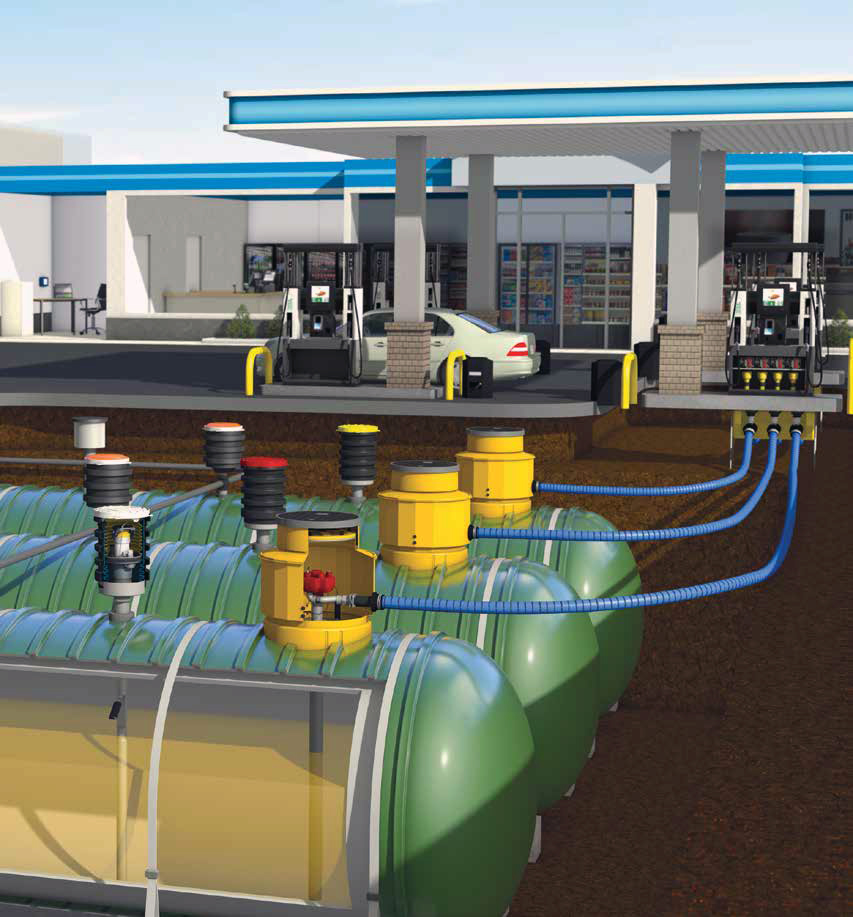 Spill buckets are an important line of defense for catching small drips and spills that happen when a fuel delivery hose connects and disconnects from your tank.
Spill buckets are an important line of defense for catching small drips and spills that happen when a fuel delivery hose connects and disconnects from your tank.
While a spare drip here or there might not seem like a major deal, the Iowa DNR estimates “Only one gallon of fuel leaking each week from a poorly maintained spill bucket can result in up to 195 tons of contaminated soil in a year.” In other words, the drips add up.
Spill buckets are frequently singled out by the DNR as being one of the most common sources of UST violations. They even go as far as saying that spill buckets are “often the weak link in the UST system leak prevention.”
Take a moment to consider the wear and tear they endure from frequent tight fill connections, and the stress that comes from exposure to rough winter weather conditions. It’s no wonder most spill buckets have such a short life span and need either significant repairs or replacement after less than 10 years in use!
Tests are mandatory—but you still have options.
New EPA regulations require you to test your spill bucket at least once every three years. Currently Iowa regulations require testing at install and when a bucket is replaced.
It is always recommended that you test your spill bucket according to the manufacturer’s guidelines. In most instances, there are two methods you can use to test your spill bucket—a “lake” or hydrostatic test, or a vacuum test.
Hydrostatic Testing
Hydrostatic or “lake” testing is the most common way of testing the integrity of your spill bucket, mostly because this method can be performed without any specialized equipment or personnel. But while lake testing is easy to perform, it can be time-intensive, and if a leak is detected in the spill bucket, a lake test won’t tell you where the problem is occurring—only that you have one. That means more likely than not, you’ll need additional testing to get to the bottom of your issue.
To perform a lake test, the spill bucket is filled with water, and the water level is noted. After a period of time (usually 1 hour or more), the water level is remeasured and compared with the original measurement. If the water level is observed to have dropped during the course of testing, the spill bucket is considered to have failed the test.
Vacuum Testing
Vacuum testing is more accurate and quicker than hydrostatic testing and is generally considered the best method. With this approach, a seal is placed over the spill bucket, and a vacuum is used to detect leaks at the source.
Since vacuum testing calls for special equipment that requires training to operate, it also requires many USTs to hire an outside service provider to conduct the testing.
While it may call for the use of outside personnel, vacuum testing your spill bucket gives you the benefit of working with experienced professionals who can sometimes make repairs on the spot, eliminating the need for follow-up visits and additional tests.
As an added benefit, an outside company can help you make sure you’re conducting your tests in accordance to the manufacturer’s guidelines, and help you determine your best course of action should your spill bucket fail the test.
Acterra can help you test, inspect and repair your spill containment system to stay on top of government regulations and industry standards. Our service contract program helps teams expand their resources, capabilities and expertise. To learn how we can help your facility, contact our Service Coordinator, Lisa Opsahl or call 800.289.7371×122.
